Research - (2021) Volume 9, Issue 10
An Appraisal about Knowledge, Attitude and Practice of Fixed Dose Combinations among Medical Students and Resident Doctors at a Tertiary Care Teaching Hospital
Brigida S*, Soujania, Arul Amutha Elizabeth and Poornima
*Correspondence: Brigida S, Department of Pharmacology, Sree Balaji Medical College and Hospital, India, Email:
Abstract
Awareness is the key for any ignorance. Fixed Dose Combinations (FDCs) are preferred by physicians as well as patients. Physician choice being favourable patient compliance and patient’s choice being a smaller number of pill purport. Knowledge on prescribing FDCs rationally is a skill which needs to be practised from the start of medical curriculum that is second year MBBS students and during internship. CRRIs, junior and senior resident doctors were the key persons facing the task of managing patients at tertiary care hospitals. Even for the second-year students it is a basic stone to step up in the knowledge ladder about prescription of FDCs. Hence this study is of most significant step which throws light in knowing their knowledge about the available, approved FDCs and its rationale behind FDC prescription. To appraise knowledge, attitude, and prescribing practice, of FDCs among Medical students, CRRIs, Junior and senior residents at a tertiary care teaching hospital. The study was conducted among medical students, CRRIs, Junior and senior residents working at Sree Balaji Medical College and Hospital, Chennai, a tertiary care hospital. 100 responses were collected after obtaining informed consent.A corroborated questionnaire regarding knowledge; attitude and prescribing practice of fixed dose combinations was used as a tool. Data was analysed using descriptive statistics. Out of 100 responses collected, 19 were from second year students 34 were from interns, 16 were from postgraduates,10 and 21 were from junior and senior resident doctors.89% were aware about the preparation of FDC, 68% know the governing authority of FDC is CDSCO, an average of 50% know of the advantages and disadvantages of FDCs. 67% of doctors were aware of pharmacological basis of acceptance of FDCs.72% know the benefits of rational prescription of FDCs. 62% accepts the most common FDC is used in treating diabetes.73% suggest Amoxicillin and clavulanic acid as most common antibiotic. Most of them need a periodic update on the banned list of FDC in India. Common sources of information about FDCs were Books, conferences, pharmaceutical brochures, monthly/yearly drug index, journals, internet. 10% genuinely accepts that the one component in a FDC was prescribed without their need for the patient. 78% suggested improvement behind the rationale in preparing FDC and they accept that FDCs are allowed to be marketed. Medical field is all about updating once knowledge regarding the current and obsolete medications and always there is a scope to patch the gap to improvise their knowledge about rational FDCs which can facilitates them in this skill, a mutual benefiter to the doctor as well as the patient.
Keywords
Fixed dose combinations, Knowledge attitude and practice
Introduction
Human body is a bliss. Any harmful habituation or unnecessary supplement either as nutrient or as a drug therapy will be a stumbling block in building the essentiality of one’s own body. Doctors are always considered as corner stone in building this. Any breach in trust is a mutual destroyer of patient doctor relationship. Quality management of disease with less quantity of drugs is always a task in accomplishing the descending curve pattern of a disease. Considering the morbidity and mortality of patients in the past because of lack of compliance in following the prescription highlights the need for fixed drug combinations (FDCs). Awareness about FDCs is a mutual benefiter to the doctor as well as the patient. Safety and efficacy are the two pillars of a prescription. No compromise attitude on these pillars is the motto behind any drug therapy. Drug resistance and serious adverse effects are the two major stumbling blocks in drug therapy which is supported by the hidden pillar’s irrational combinations and ignorance. Medical curriculum struggles to equip the professionals at every step with competent skill development and need based updating on KAP. FDCs are helping hand in addressing these four corner stones that is safety, efficacy, drug resistance and patient compliance. Brainstorming an issue always leads in finding a best solution and an apt key for the lock. Issues arise when there is an enthusiastic over approach of a particular matter, pharmaceutical companies considering the benefiters tried preparing irrational combo drugs which is a curse. Knowledge about this should be an all-time update to the medical professionals.
Many studies were there regarding the evaluation of KAP of resident doctors, this study appraise the awareness of FDCs among medical students, interns, postgraduates, and resident doctors. This study will help us to find the prevailing lacunae in the medical curriculum by appraising the awareness of pharmacological basis of FDCs, knowledge about the governing authority for FDCs, advantages and disadvantages of FDCs, rationale behind prescribing FDCs, feedback from them regarding the steps to be taken to fill the gap. This study will be an eyeopener in storming out few setbacks in KAP of medical students, interns, junior and senior resident doctors at Sree Balaji Medical college Hospital.
Objective
To appraise the knowledge, attitude, and practices of FDCs among medical students, interns, postgraduates, and resident doctors at a tertiary care teaching hospital.
Materials and Methods
After Institutional Ethics Committee (IEC) approval, a questionnaire-based study was carried out with second year medical students, interns, postgraduates, and resident doctors working in various department of Sree Balaji Medical College and Hospital, a tertiary care teaching hospital, Chennai. A corroborated questionnaire, with individual details regarding information about their year of study and questions regarding knowledge, attitude and prescribing practices of fixed dose combinations was used as a tool, which was administrated to all the study participants and the collected data was analysed. Written informed consent from the participants was taken before administering the questionnaire.
Results
A total of 100 responses collected, 19 were from second year students 34 were from interns, 16 were from postgraduates,10 from junior and 21 were from senior resident doctors. Majority of the participants 50% falls in the age group of 21-22 years who are doing their internship.
The following figures explain the responses obtained from the participants. Out of 100 responses collected, 19 were from second year students 34 were from interns, 16 were from postgraduates,10 and 21 were from junior and senior resident doctors.89% were aware about the preparation of FDC, 68% know the governing authority of FDC is CDSCO, an average of 50% know of the advantages and disadvantages of FDCs. 67% of doctors were aware of pharmacological basis of acceptance of FDCs.72% know the benefits of rational prescription of FDCs. 62% accepts the most common FDC is used in treating diabetes.73% suggest Amoxicillin and clavulanic acid as most common antibiotic. Most of them need a periodic update on the banned list of FDC in India. Common sources of information about FDCs were Books, conferences, pharmaceutical brochures, monthly/yearly drug index, journals, internet. 10% genuinely accepts that the one component in a FDC was prescribed without their need for the patient. 78% suggested improvement behind the rationale in preparing FDC and they accept that FDCs are allowed to be marketed (Figures 1 to Figure 14).
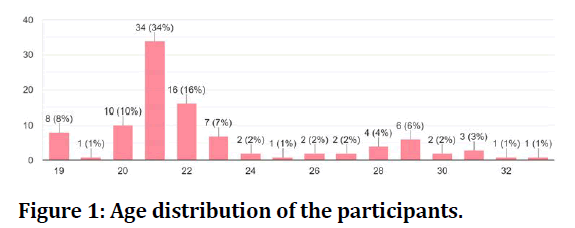
Figure 1: Age distribution of the participants.
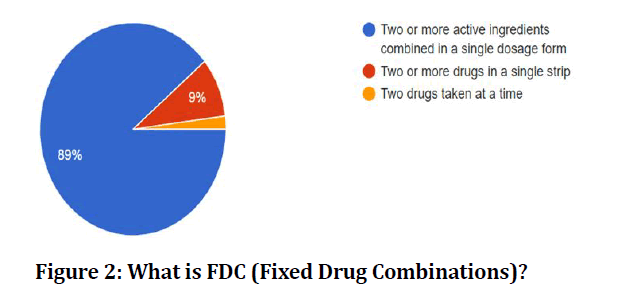
Figure 2: What is FDC (Fixed Drug Combinations)?
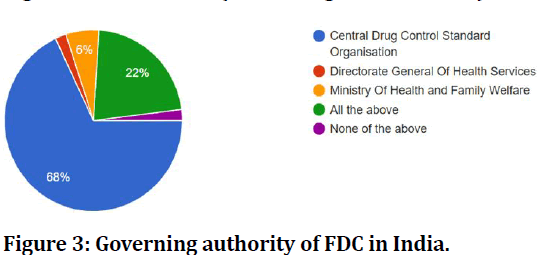
Figure 3: Governing authority of FDC in India.
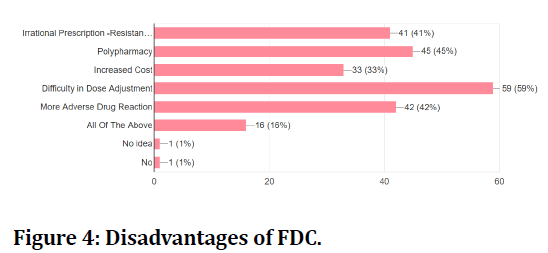
Figure 4: Disadvantages of FDC.
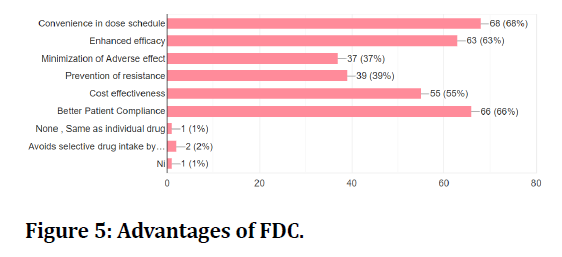
Figure 5: Advantages of FDC.
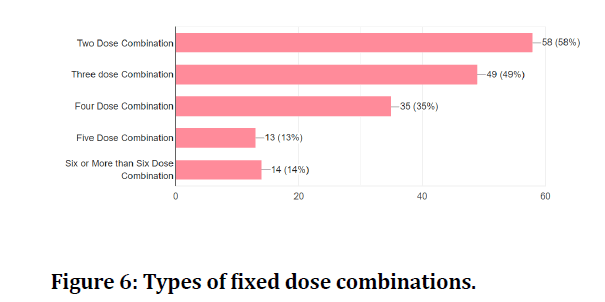
Figure 6: Types of fixed dose combinations.
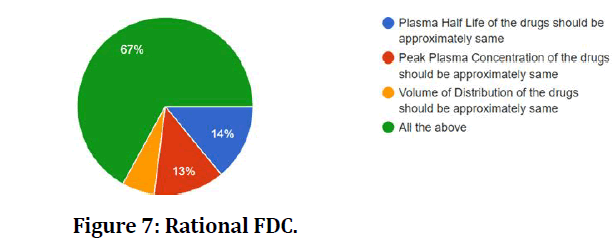
Figure 7: Rational FDC.
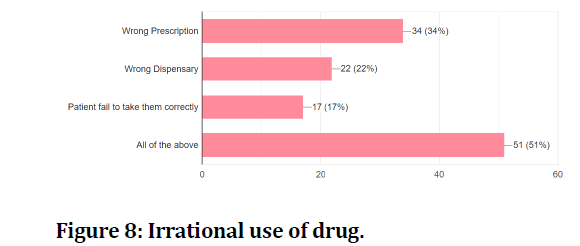
Figure 8: Irrational use of drug.
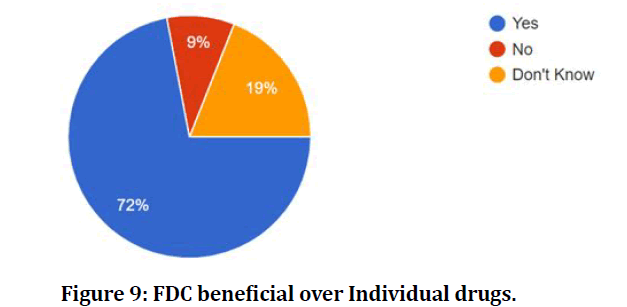
Figure 9: FDC beneficial over Individual drugs.
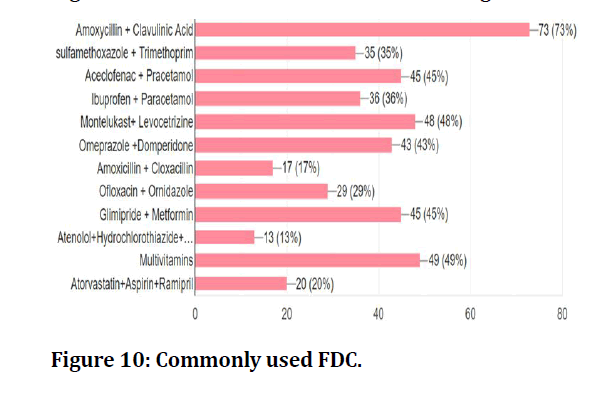
Figure 10: Commonly used FDC.
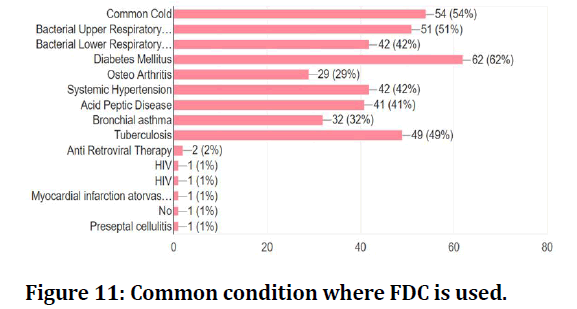
Figure 11: Common condition where FDC is used.
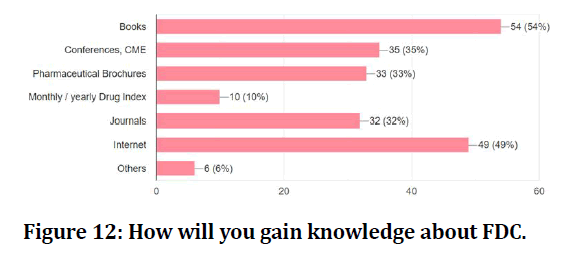
Figure 12: How will you gain knowledge about FDC.
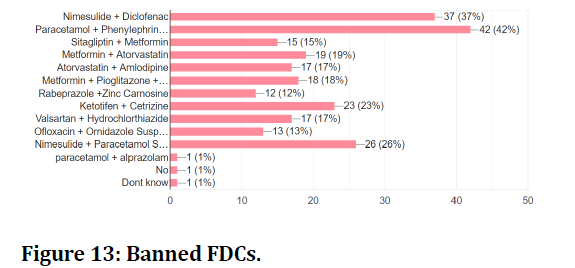
Figure 13: Banned FDCs.
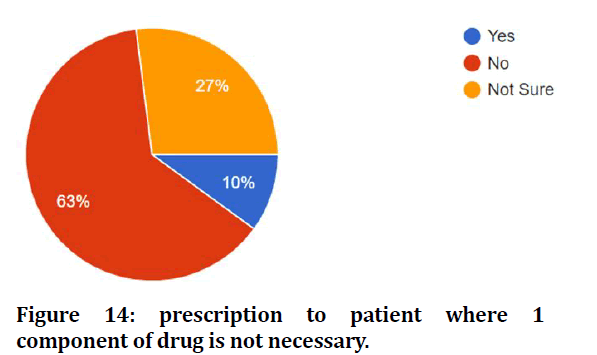
Figure 14: prescription to patient where 1 component of drug is not necessary.
Discussion
This KAP (knowledge, attitude, and practice) study bring forth the basic perception of the matter, prejudiced ideas, and fondness towards the subject. It paves way how it can be measured in actions. This study put forth the current understanding of FDCs and gives us an idea to find out where we need to strengthen the cord. In practice most of the physician and specialist prefer FDCs but the concern of our study is to give a clear picture whether the present medical professionals are aware of the task ahead. The major issue raised in FDCs is due to the irrational prescriptions which harm the patient by risking them with unnecessary components and drug reactions. Antibiotic resistance is one among the major problem of irrational FDCs. This study finds out where the hole is and will help in patching it even before it creates problem. As this study was conducted in a tertiary care hospital among the budding doctors, interns, and future specialist the result of the evaluation can be considered seriously and the issue of irrational prescription and thereby antibiotic resistance can be corrected duly by educating them and changing their perception towards the subject [1].
Convenience in dose schedule, enhanced efficacy, better patient compliance and cost effectiveness were listed as advantages of FDCs among the participants. Difficulty in dose adjustment and polypharmacy were listed as the most common disadvantages of FDCs. According to World Health Organization (WHO) report many other advantages like reduction in adverse drug reactions, disentangled clarified treatment protocol and tangible drug prescribing profile. Less knowledge about the pharmacokinetic profile of individual drug and changeover pattern when combined with another drug were also a hindrance [2].
In India, the banned drug list will be updated as soon as the PSUR (periodic safety update reports) shows any challenges or deviation in the benefit out of the FDCs. As of now total of 80 drugs and their combinations are banned for manufacturing and marketing in India.2 More than 444 drugs banned by the ministry of family welfare/ National Health Portal of India. But still many FDCs which are banned were sold across India from villages to towns not leaving the corners of Metropolitan which is a major concern of modern medicine.
Updating the medical professionals regarding the same is utmost important so that there will not be any compromise in drug reactions. In our study majority of the responses favours the internet as source of information which is not reliable and the books as the next source of knowledge update. The periodical updates from conferences and seminars, drug index released by pharmacopeia can be the only reliable source considering the global burden of irrational prescription across countries. One more appreciable matter is most of them know the most common FDCs banned drug for the common diseases. Educating the budding doctors, Interns, future specialist and super specialties, the rationale behind prescribing FDCs is always of paramount importance. In India where the population is high and always there will be an increasing need to patch the health care deficit many pharmaceutical companies across global may exploit by trialling many ostensible products just targeting the lucrativeness and the welfare of the corporates. Pharma, a high trading avenue, though many inventions turn genuine and effective, we cannot deny always there will be salvage wolves dressed as sheep in midst of flocks [3,4].
It is not to our surprise many mentioned NSAIDS combo as most preferred FDCs that too as OTC (Over the counter) drugs. In this appraisal Aceclofenac and paracetamol, Ibuprofen and paracetamol combo were mentioned by 45% and 36% respectively. The most common antibiotic is Amoxicillin plus clavulanic acid and Cotrimoxazole (sulfamethoxazole and trimethoprim). Montelukast and levocetirizine combination and Multivitamins were next in line. Omeprazole and domperidone which are mostly prescribed for peptic ulcer and gastritis. But this becomes an irrational combo if the patient is not having vomiting or not uncommon for a peptic ulcer patient to be without vomiting [5].
In this study most of the responses revealed majority of FDCs are prescribed for treating Diabetes Miletus. It not only conveys us the burden of disease in the community, but awareness of FDCs among the budding doctors. In our study many were having the knowledge of pharmacological basis of FDCs which is a good sign that these people will be analysing the drug combo when they use in near future. 67% accepts plasma half-life, peak plasma concentration and volume of distribution of the drugs in FDCs should be approximately same. Drug resistance is the most alarming one due to imprudent combinations in treating skin, venereal diseases, and surgical site infection. Now a days, prescribing specific antibiotics is the compulsory need of the hour and feasible due to the knowledge in relying on pus culture for choosing antibiotics rather randomly advocating FDCs [6].
This study appraisal gives us the impression that the knowledge about Fixed dose combinations among the budding doctors, interns, postgraduates, junior and senior residents were better than before [7] and it shows a picture of stepping up the ladder. Many senses the need of awareness about FDCs is a periodic renewal and their perception of FDCs is to be corrected and altered over their timeline of practice. Above the patient shortfall in adherence to the prescription, wrong prescriptions, wrong dispensing were the significant cause for irrational drug use. The core of our study objectives was almost positively reflected in the responses obtained. Over load of patient, occurrence of unexpected and untoward occurrences, need for authentic sources of information in a limited time available are always an irreparable task in medical field.
Conflict of Interest
Nil.
Funding
Nil.
References
- Patil PJ, Patil MJ, Patil VR, et al. A survey on awareness of fixed dose combinations (FDCs) among patients, physicians and pharmacists at Pune and Beed (India). Indian J Pharm Practice 2013; 6.
- https://www.who.int/medicines/publications/druginformation/issues/WHO_DI_34-3.pdf
- http://cdsco.nic.in/writereaddata/drugs banned in the country.
- Goswami N, Gandhi A, Patel P, et al. An evaluation of knowledge, attitude, and practices about prescribing fixed dose combinations among resident doctors. Perspect Clin Res 2013; 4:130â??135.
- Nigam MP, Fernandes Vinson LG, Rataboli PV. Fixed dose combinations- to prescribe or not to prescribe: A dilemma of medical profession. Int J Basic Clin Pharmacol 2014; 3:105-13.
- Ratnakar UP, Shenoy A, Ullal SD, et al. Prescribing patterns of fixed dose combinations in hypertension, diabetes mellitus and dyslipidemia among patients attending a cardiology clinic in a tertiary care teaching hospital in India. Int J Compr Pharm 2011; 6:1-3.
- Jadav SP, Parmar DM. Critical appraisal of irrational drug combinations: A call for awareness in undergraduate medical students. J Pharmacol Pharmacotherap 2011; 2:45.
Author Info
Brigida S*, Soujania, Arul Amutha Elizabeth and Poornima
Department of Pharmacology, Sree Balaji Medical College and Hospital, Chrompet, Chennai, Tamilnadu, IndiaCitation: Brigida S, Soujania, Arul Amutha Elizabeth, Poornima,An Appraisal about Knowledge, Attitude and Practice of Fixed Dose Combinations among Medical Students and Resident Doctors at a Tertiary Care Teaching Hospital, J Res Med Dent Sci, 2021, 9(10): 179-183
Received: 09-Aug-2021 Accepted: 05-Oct-2021
